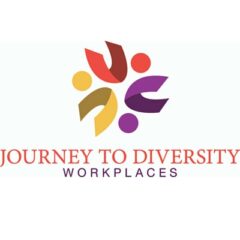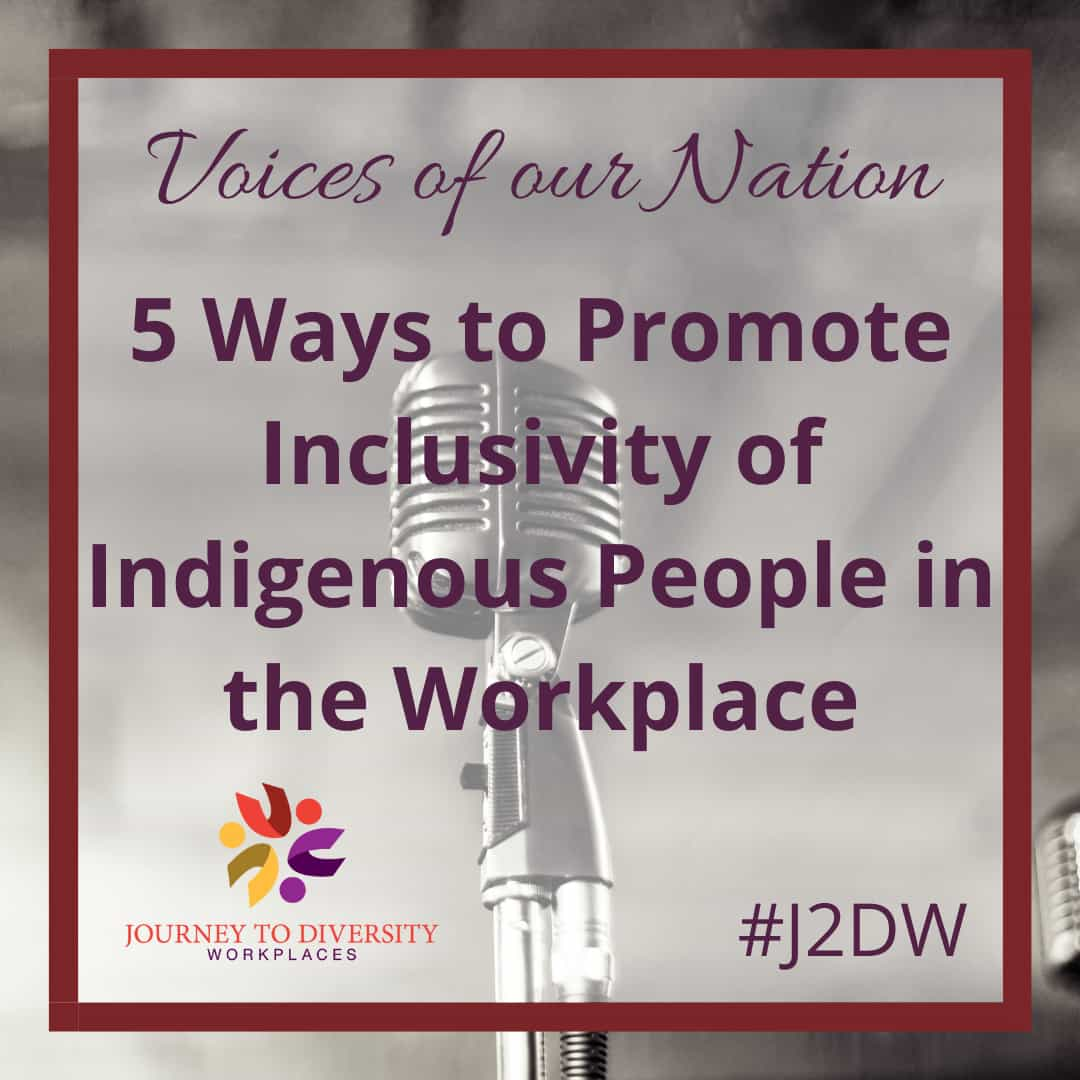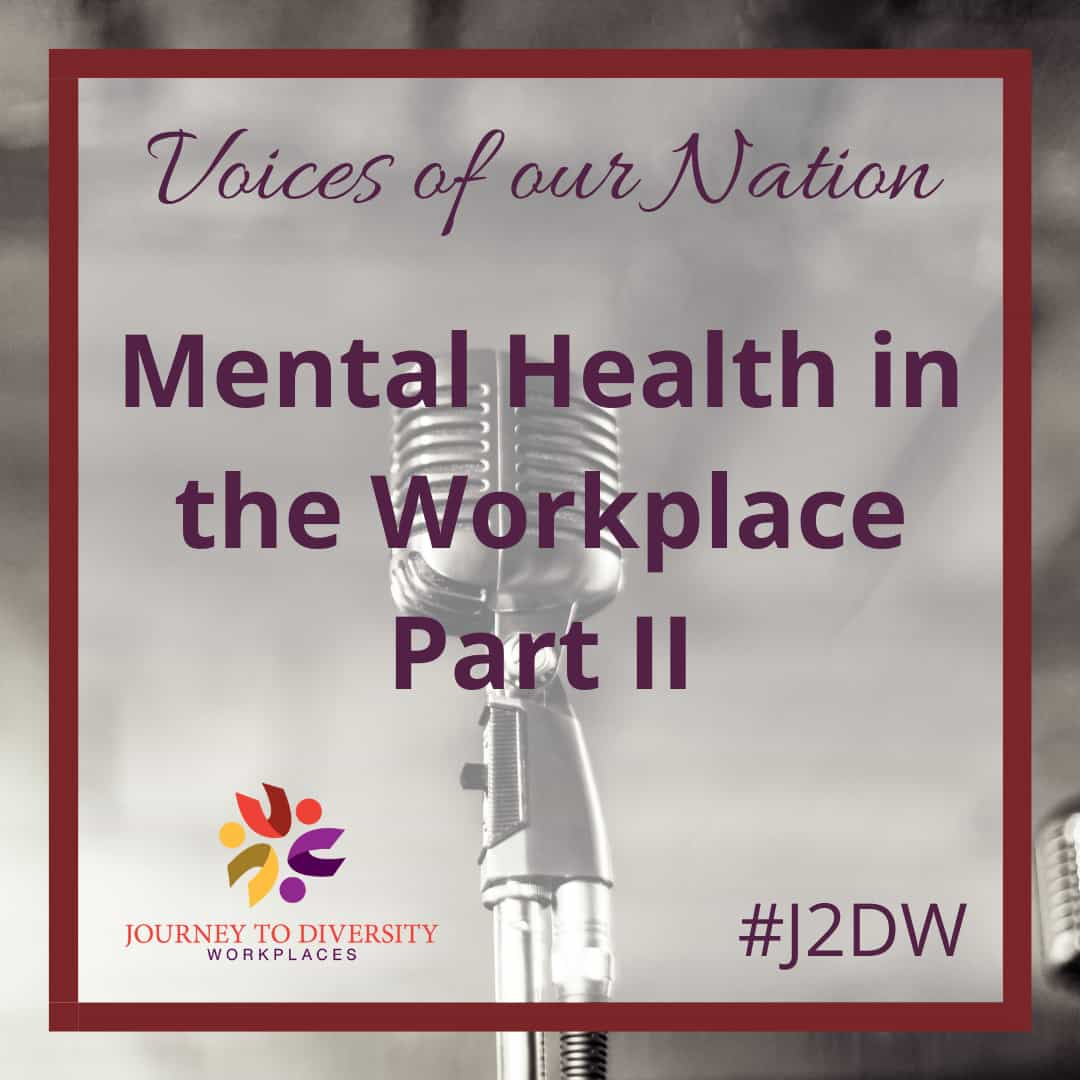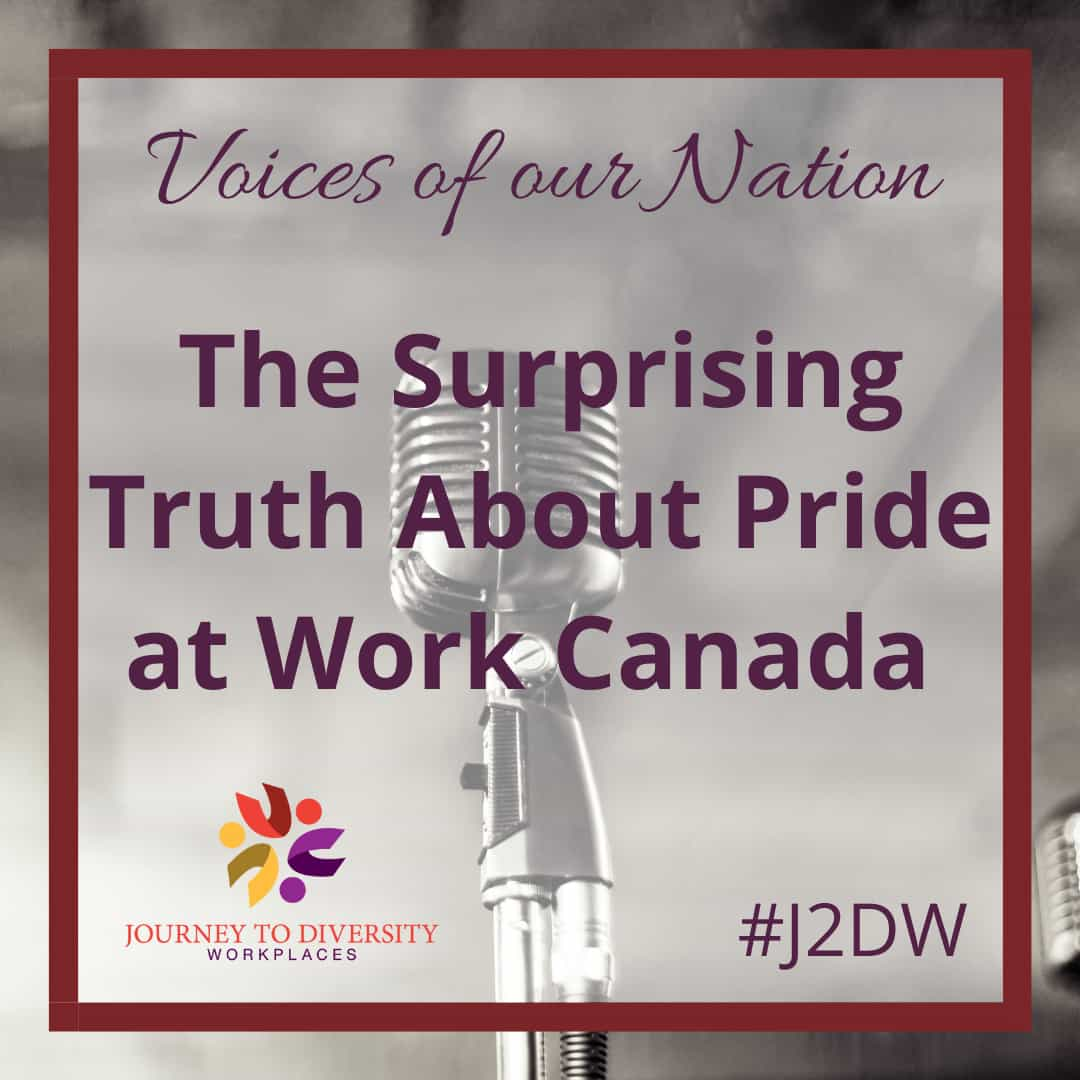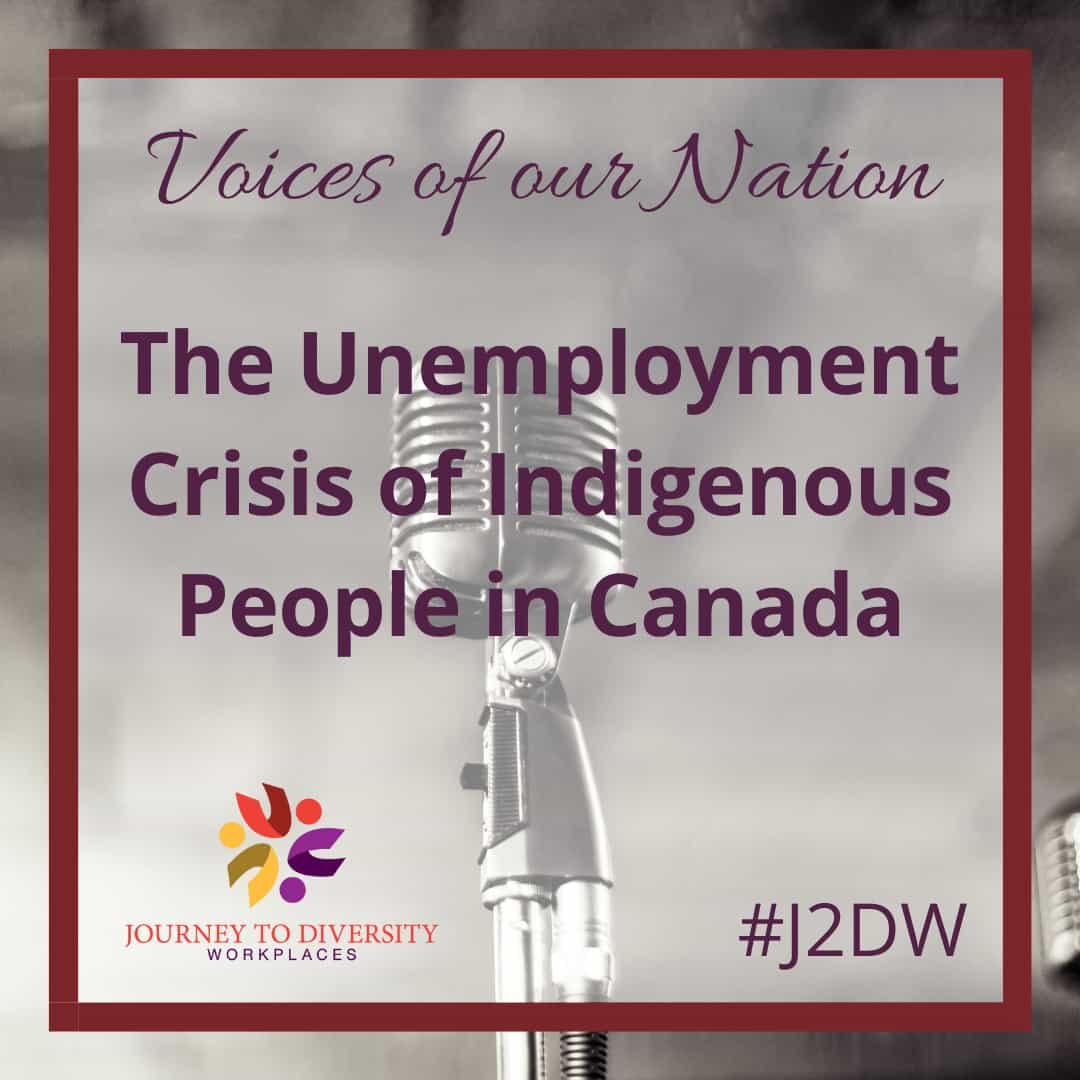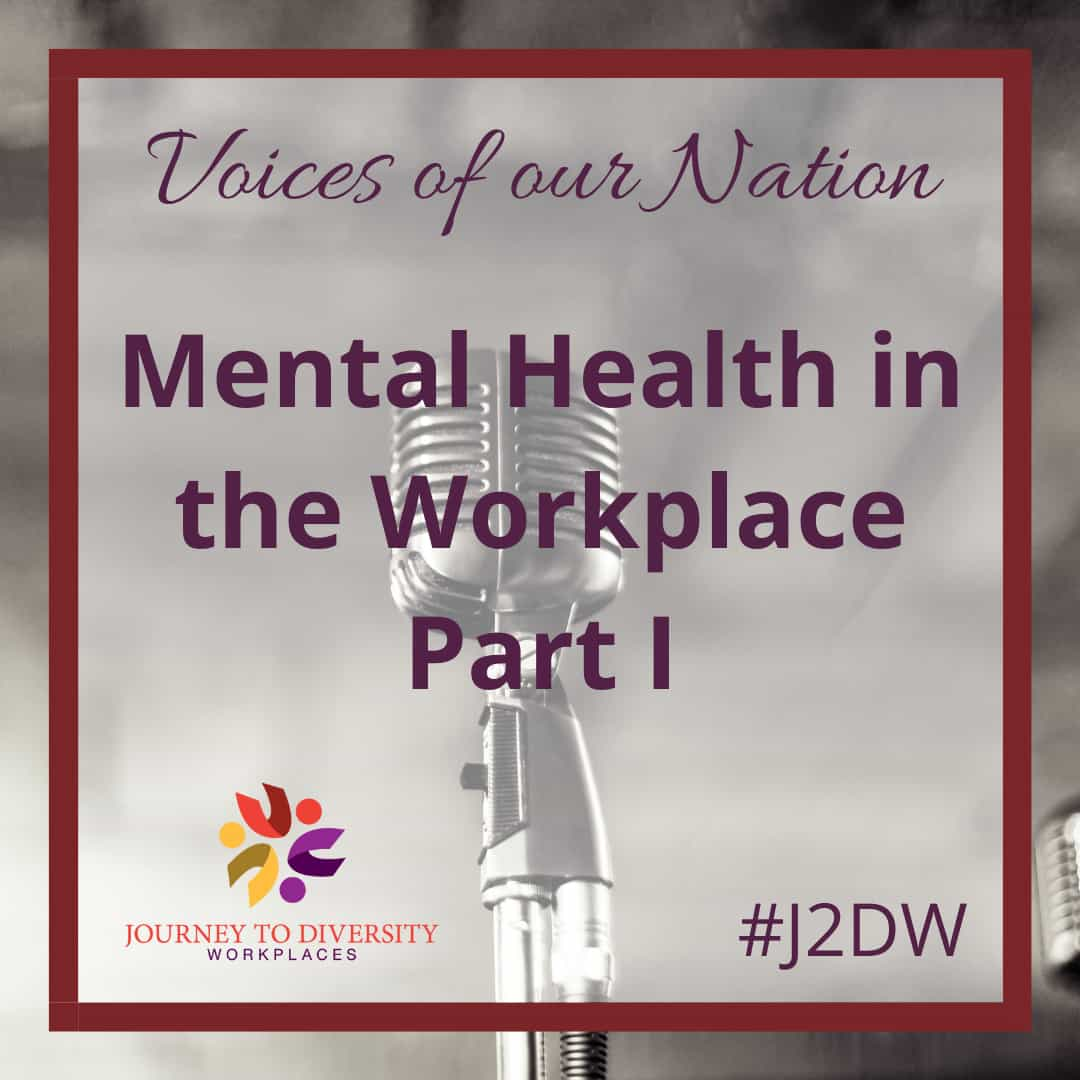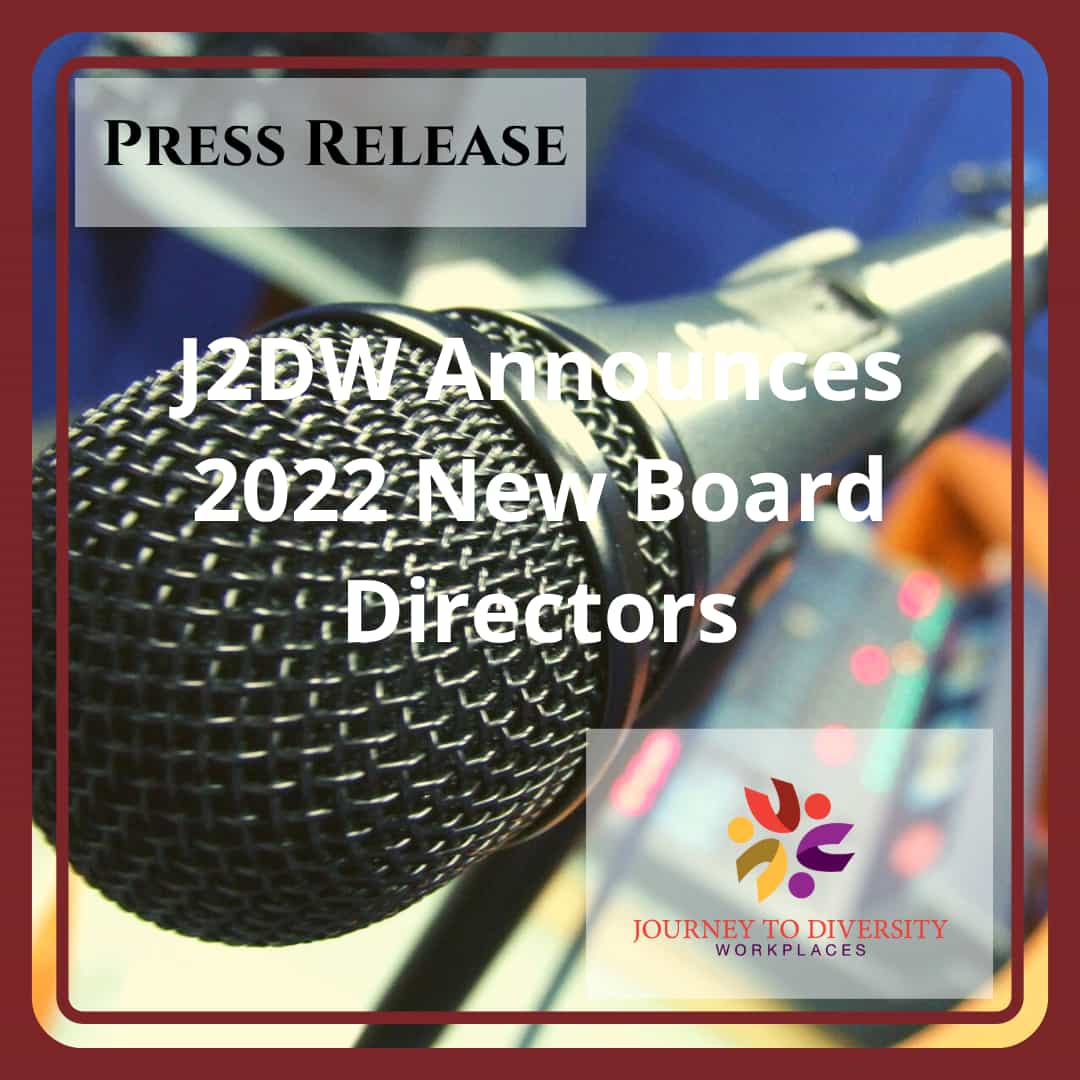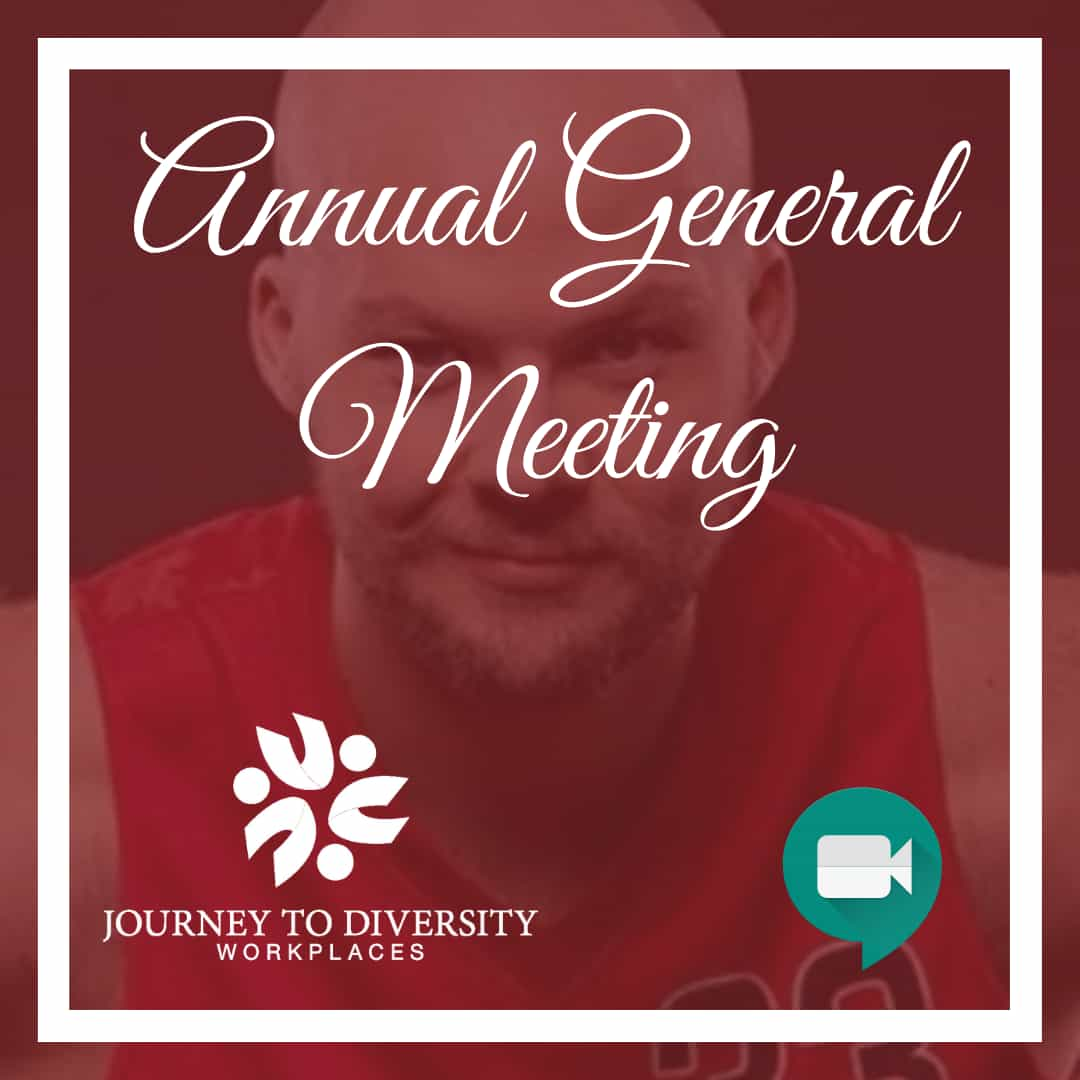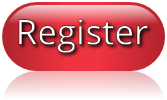Pride at Work Canada (PaWC)/Fierté au Travail Canada (FaTC) is a nonprofit that is dedicated to supporting employers in making the workplace more welcoming to employees regardless of their gender expression, gender identity, or sexual orientation. Their vision: “A nation where every individual can achieve their full potential at work regardless of gender expression, gender identity, and sexual orientation” (Pride at Work Canada, n.d.). Originally founded in 2008 in Toronto and Montréal, PaWC now works with employers across the country from St. John’s to Vancouver. On July 11, 2022, I had the pleasure of speaking with Communications Coordinator Luis Augusto Nobre, who offered an insight into the organization’s work, and shared his advice for how employers can help to make their workplaces more inclusive.
This interview has been condensed and edited from its original format.
Cossette (J2DW): Would you like to begin by introducing yourself?
Luis: My name is Luis Augusto Nobre. I’m currently the Communications Coordinator here at PaWC/FaTC. My pronouns are he/him and I go with il/lui in French. I am in Tsi Tkarón:to/Toronto, which is situated within the “Dish with One Spoon” Wampum Treaty territory and covered by Treaty 13. I’ve been with the organization for almost three years, so in the team that I’m in now, I’m one of the seniors. So we could witness the growth over the past two years. When I joined PaWC… our team had five staff members in 2019, and today we have 15. So it’s a nice movement, because we see that more people are taking diversity and inclusion more seriously, and consider us to be one of the main sources to support their journey to help them.
J2DW: Could you give me a sense of how PaWC was born in 2008?
L: I consider it to have to do with the way the work was organized at the time, with people still experiencing every issue. Some of the laws that we have today to protect trans and queer communities in Canada were not in place at that time. So, a group of queer professionals just decided to create PaWC, on a more volunteer-based aspect…. So we have 12 founders, and they come from more personal initiatives with employers’ support, because at PaWC we serve our communities nationally, but at the same time we work with employers. That’s one way we can ensure that we’re not just addressing people’s needs, but the whole community’s needs… So this is how we as a community—we as communities and a large group of people from different provinces with different backgrounds—can build something to support our future generations.
J2DW: What have been some of your major achievements as an organization?
L: One of the major achievements that I’ve witnessed…is how people are taking topics related to diversity and inclusion more seriously… They want to build a place where we can be our authentic selves.
Since 2008, we have seen the growth of partners that we call our “proud partners.” We started working with 12 employers in 2008. By 2014, we had 35. And just recently, we achieved the milestone of 250 proud partners. We have also developed a community partnership program, with more than 60 community partners—those are organizations and employers that tend to be non-profits in different provinces.… We have also developed documents that help people improve their own journey and to change their workplace by using those documents, which have guidelines on how to improve on diversity and inclusivity there.
We’ve also developed our e-learning, that is another milestone. It’s easier for people because we can connect with employers…. at the individual level. And at the same time we can work with other organizations on a corporate level to spread the message as we try to have everyone on the same page to relate to some new knowledge. We are not here to develop experts on all sides —we have the expertise. But if you’re an employer and you know at least the minimum, if you’re aware of that, you could be an actor for change and have a more inclusive workplace. And when I say that, I’m not just considering 2SLGBTQIA+ inclusion, but that you will start considering other intersectionalities. Because everyone does not just have one aspect to their identity. We have multiple aspects. So with that understanding, you would start seeing a difference…
We also try to develop a new employee resource group, where people with similar goals and identities come together and they try to work internally to improve something. It could relate to queer and trans communities, it could relate to Indigenous people, it could relate to Black communities in Canada and even those overseas. So I think those achievements come with this building of the expertise that we have now to support our proud partners with research, with facts, with data, that will just show that we know what we are doing.
J2DW: And what have been some of the major setbacks or barriers you’ve found that your organization has met in terms of meeting your goal?
L: I think that some employers have an understanding of diversity and inclusion for some people, they might consider… diversity and inclusion to be just a checklist. And it’s not, but that is one of the challenges we face. It comes up every year, when we don’t or cannot work with some of our partners to go beyond those aspects. Sometimes they come to us with questions that seem to be a checklist — “oh, because I have this, this, and that, I’m done, diversity and inclusion is happening here” — when really it’s an ongoing process. And I don’t see an end to that. Today, you have realities that are different from 20 years ago, and they will be different again in 20 years. The new generation, the future generation, will come with other aspects. And we need to consider the intersectionalities of those barriers. The economic crisis and pandemic aspects. Everything is overlapping. You need to be creating, you need to adjust to that.
We are constantly working and developing content to help our proud partners… To show that it’s not just a checklist. It’s not just using pronouns, for example… Pronouns are just one of the initiatives, but it really goes beyond the pronouns. It’s about why you are using them, and not just how. It’s not just how, it’s why.
J2DW: What are some particular examples of those narrower questions that people tend to ask, of course without giving away the identity of any companies? How can companies improve on those?
L: Sure. I was talking about pronouns earlier, and sometimes you see others sharing the pronouns, but they don’t know why. They’re just mirroring the language in a more shallow way instead of going in deep…. In Canada we are a bilingual country, we can experience more advanced English for the Anglophones when it comes to gender neutral language, like using pronouns…. But in romance languages, the language is gendered, so it’s a challenge. We have to ask: how can we internally support the discussion of neutral language? … How could the immigrants that are here promote some discussions to create a space for their own identity in their own languages, and how can Canada use that language? That way we can reflect on the language that we use.
J2DW: That’s a great point about using gender neutral language in French.
L: Yes, we are a bilingual organization so it’s important for us to have that discussion, and we do have the expertise. We understand that the way we engage with Francophones is different because of the French language, and language is also related to culture.
As a second example, many people also connect with us to ask, “What is the right acronym to use for queer and trans communities?” That is more related to the kind of engagement that a person and the company has for the community, and for all aspects of identities.
We have been using 2SLGBTQIA+ in a way that allows us to expand more. The 2S at the beginning of the acronym shows our commitment to do something both internally and externally to support two-spirit members of Indigenous communities of North America. But we are building an effort and a commitment to ensure that we are with them, regardless of the sexual identity they experience. When you have the 2S at the beginning, it shows another aspect of intersectionality that diversity and inclusion work is trying to achieve. The A is not for ally, but for asexual. Ace people do experience many challenges and we want to include that. So it becomes a common acronym, having the I and A at the end, for intersex and asexual people.
So it’s one common aspect of people coming and asking us “what is the right acronym?” and we don’t have a right acronym for that. It’s about your commitment and what you’re doing. You even have people that don’t use the acronym! You have people that use SOGIE: Sexual Orientation, Gender Identity & Expression. It’s just a different way of expressing how the acronym was built.
J2DW: Branching off of that, how has PaWC worked to overcome those barriers?
L: With the research and the data that we have—not just our own, but from other organizations. By exchanging information with other organizations. We consider some organizations in our network to be very important, we don’t want to take their space. So it’s just working in a more collaborative way, even if it’s not a more formal partnership. Just sharing resources, and building that network support to our communities. So that is one of the good ways to overcome barriers… We have many other organizations doing similar or different work, but everything relates to diversity and inclusion… to queer communities, trans communities, and we can bring those facts and that data, the numbers to show that we have to move. We have to do something else. Without community support we cannot overcome any barrier.
J2DW: How do you think queer inclusivity varies across different industries and across different levels of employees within those industries?
L: We have multiple voices and multiple identities…. so we cannot ensure that the same place will be welcoming to one person as they would be welcoming to another one. And when you add personalities as well… It’s hard because you have to consider all that for the good and the betterment [of your company]. It’s building empathy with multiple identities, and respect. Respect for who people are… and how they want to be their authentic self at work. They feel confident enough to be open about their own identity. Sometimes they won’t be out at work because of the kind of environment they are in, but at the same time they are open with their family. Or the opposite, where the workplace is so open that they can be themselves…while for the family it doesn’t matter the reason, it’s a challenge just to come out and say, “I’m queer” or “I’m bisexual” or “I’m a trans person.” So I think that the best way… is to just have empathy and respect for people in general.
J2DW: Yeah, queer is an umbrella term, but there’s so many different identities under that umbrella and sometimes people see those identities in different ways.
L: Yeah, and with the training and education you have everyone on the same page, at least for the basic stuff. You don’t need to be an expert in diversity and inclusion to work with diversity and inclusion. You don’t need to know and read everything. But if you know enough and you respect and meet our language, relate to some people’s identities and how they introduce themselves, then you are in a good way for your diversity and inclusion journey.
J2DW: How does PaWC try to incorporate intersectionality into its work and the experiences of queer workers who fall within other marginalized groups?
L: We just use 2SLGBTQIA+ inclusion to start opening doors, but we always consider how intersectional human beings are, with multiple identities…. So when we organize an event, or when we are helping our proud partners and community partners to organize an event, we just tell them for example…. “You’re talking about Black History Month. Why not include some Black queer speakers on that?” …. And that way, you would be avoiding tokenism. So it’s about considering that people have their multiple identities, they’re intersectional, but then you need to consider how you can have that intersectionality in your strategy when you are organizing an event, when you are doing something else.
We have people that we share data with for cases in which folks experience prejudice for more than one side of their identity. Recently we had a panel related to religion and queer identities, and one of our speakers was sharing how he couldn’t embrace his faith as a gay Muslim. He was experiencing Islamophobia at the same time he was experiencing homophobia.
We had another conversation with Indigenous folks that had similar experiences. Sometimes the way that things are built, they experience some prejudice because they are Indigenous and when they seek support and refuge within their own community they might also experience homophobia or transphobia. It’s why we need to consider multiple voices in our events… We have more people sharing their own history, who they are. It’s a kind of storytelling that gives people the opportunity to share. And they have the expertise—not just for their own identities but for their whole community. I cannot speak for and represent their community, but I have the knowledge that it is happening. And that’s one way to ensure that you have intersectional voices coming together.
J2DW: What has been the most gratifying or valuable moment for you personally since joining PaWC?
L: Joining PaWC! … I worked for many years in corporate responsibility, social responsibility… with some community engagement. I’ve been in Canada for over six years, but I used to consider myself a newcomer. Let’s say I’m the first generation of my generation to live here. So I know how hard it is for immigrants to find a job, to come to the workplace with their identities, and I found that at PaWC, I feel embraced and it’s one of the greatest jobs I’ve had in my life. I’m happy here, having the opportunity to serve our communities. To be a factor in the change I expect to see. Not just for myself and for folks alive now, but for people who will be born in 50 years. It’s like my activist side is happy in a way that I just continue the legacy from all the names like Stormé DeLarverie, Marsha P. Johnson, and Sylvia Rivera, the three main names related to the Stonewall Riots.
And we have so many other human rights and queer activists. Being here, I have the opportunity to do a great job, to work on things with which I’m in love—in my case communications and diversity and inclusion—and just helping to change the world…. It doesn’t matter if it’s fast or slow. We can see the change. We are moving, we can see the flow and that is really important. Even when we experience some barriers or setbacks as we have from some legislation happening in the U.S. and the UK and other countries right now… I really hope that the work we’re doing here—not just at PaWC but with employers, with the communities in this country, we can influence and inspire other organisations and other people to view those changes through their own lens and in their countries and their cultures.
J2DW: Now the last question: is there anything I haven’t asked you that you’d like to discuss?
L: I think the work we do here at PaWC is really important, not just for queer and trans communities but for people in general. We do support other identities, even if you’re not queer or trans. We cannot do the job that we do without people supporting us, people learning, people understanding that we have to do more. That what is happening now in the US with the change in the law is not just affecting women, but will be affecting many other groups, minority groups. We have to consider that some of those movements have a domino effect. And we need to build a sense of community so that we are not alone: we are here for you, and we expect that you will be there for us when we need it. So PaWC/FaTC is a really important player, not just within Canada, but within an international contribution to support queer inclusion and trans inclusion… So we will have more folks being who they are, and being proud of that. To be who they are in the workplace, they can be their authentic selves. And when you are your authentic self you do more, not just at work but for your community, your society, your family, for yourself. The important thing is to be who you are.
Sources
About. Pride At Work Canada. (n.d). Retrieved July 14, 2022, from https://prideatwork.ca/about/
This article was written by summer student Cossette Penner-Olivera and edited by summer student Ilesha Prabhudesai. This article was funded by the Government of Canada.
